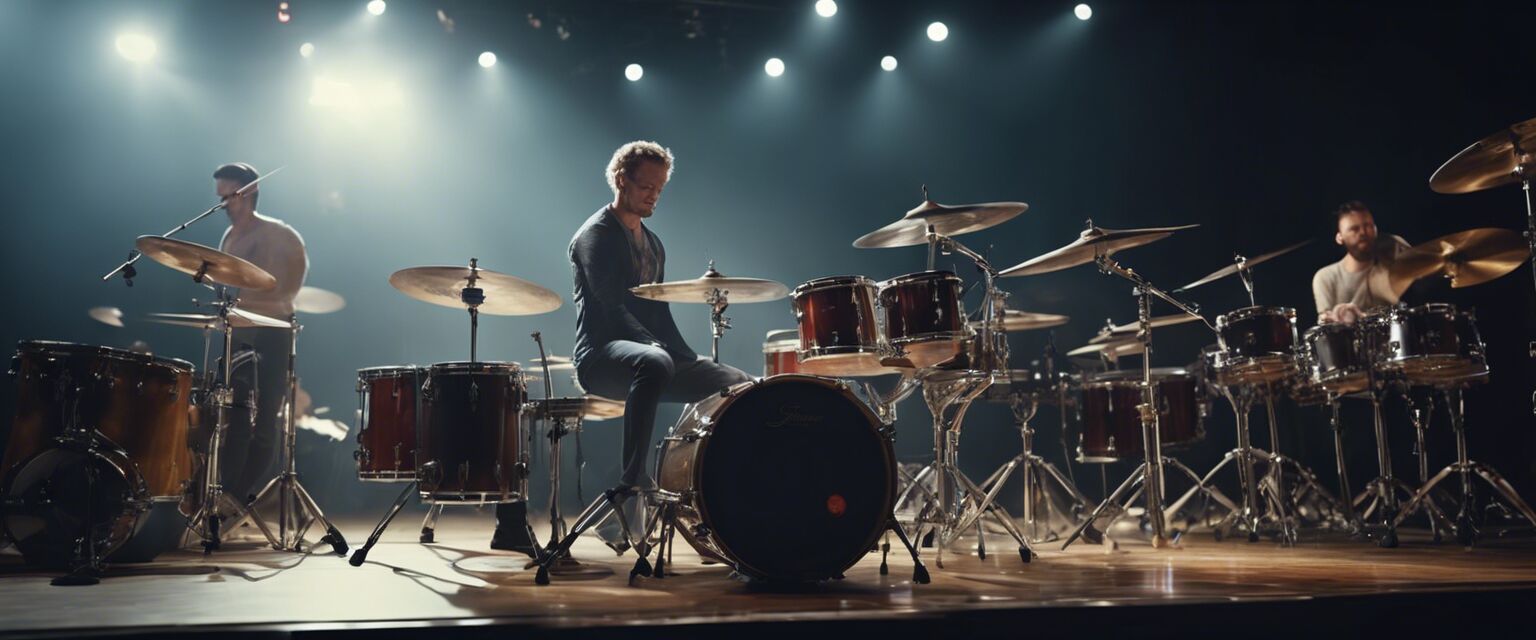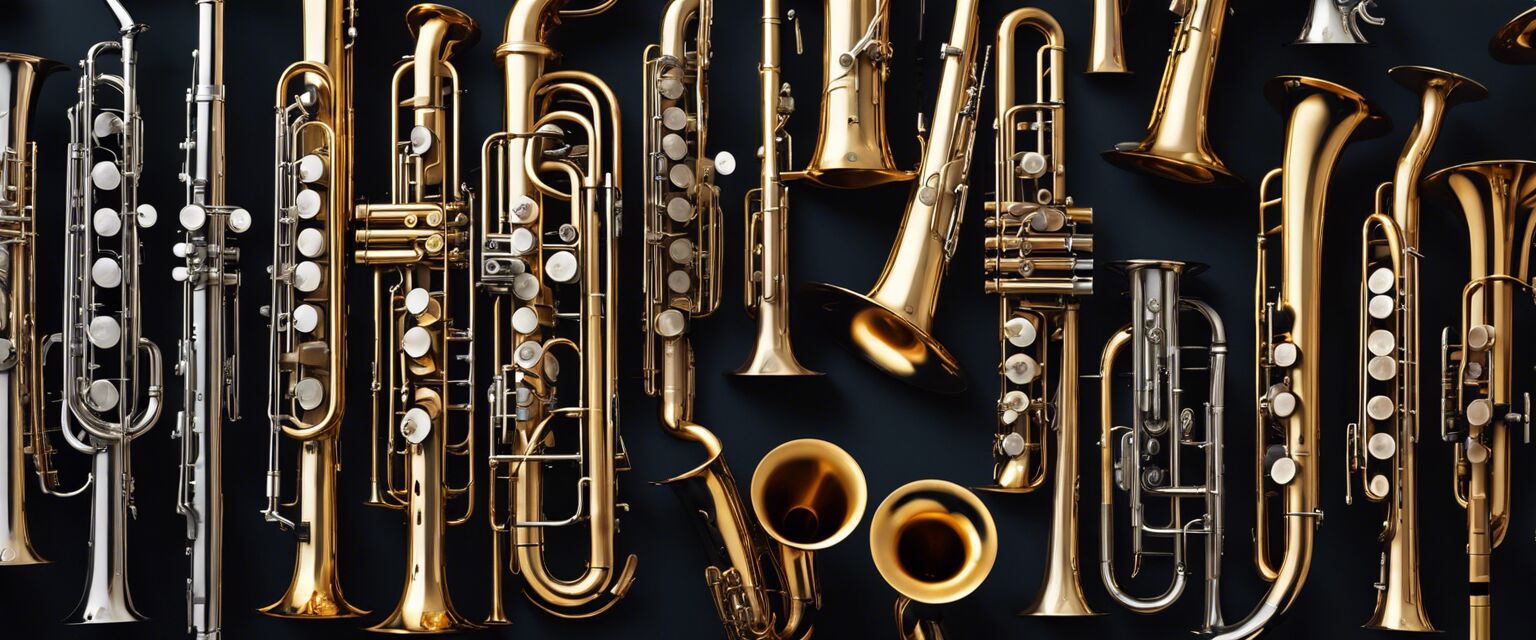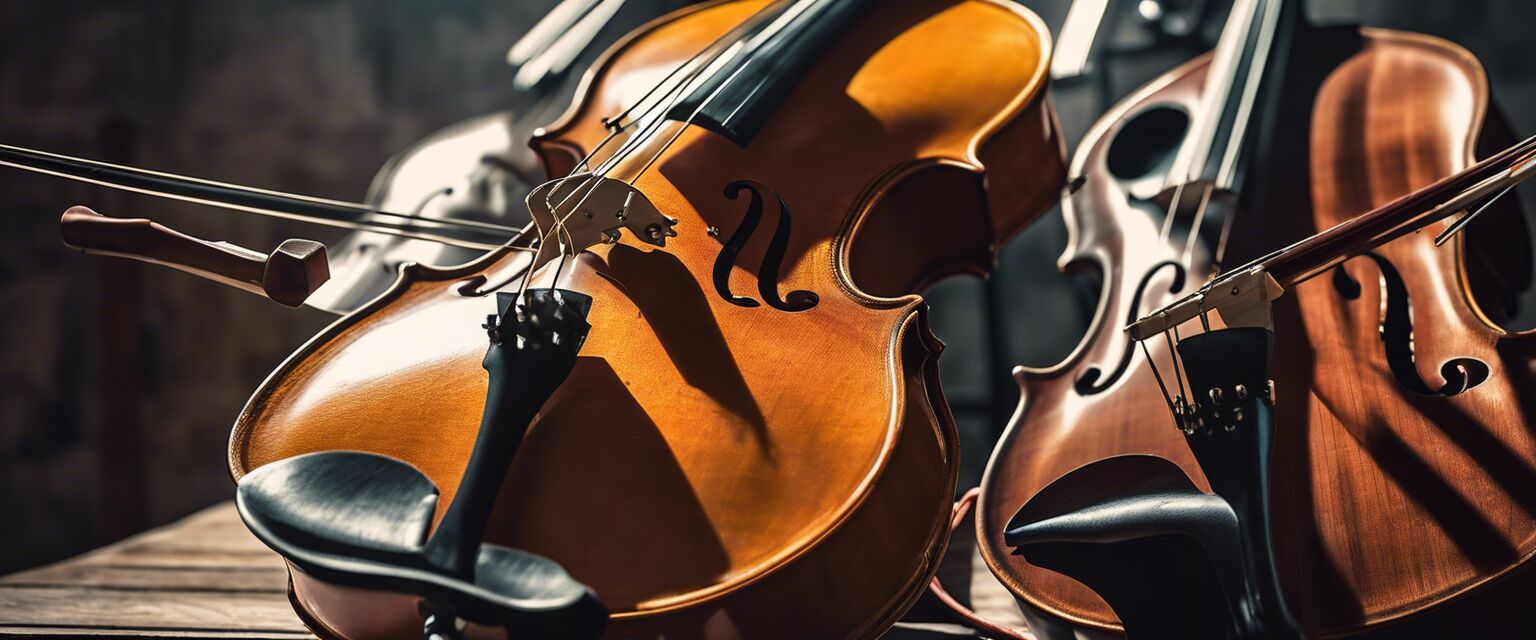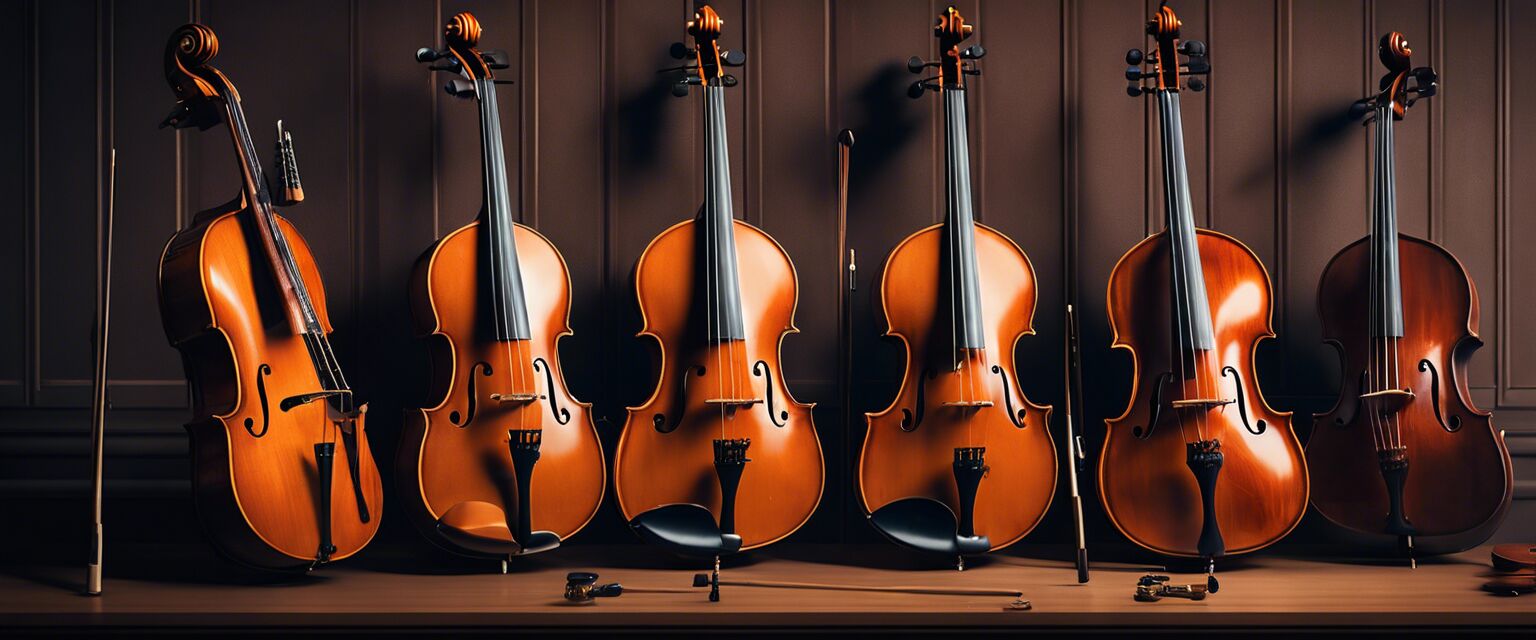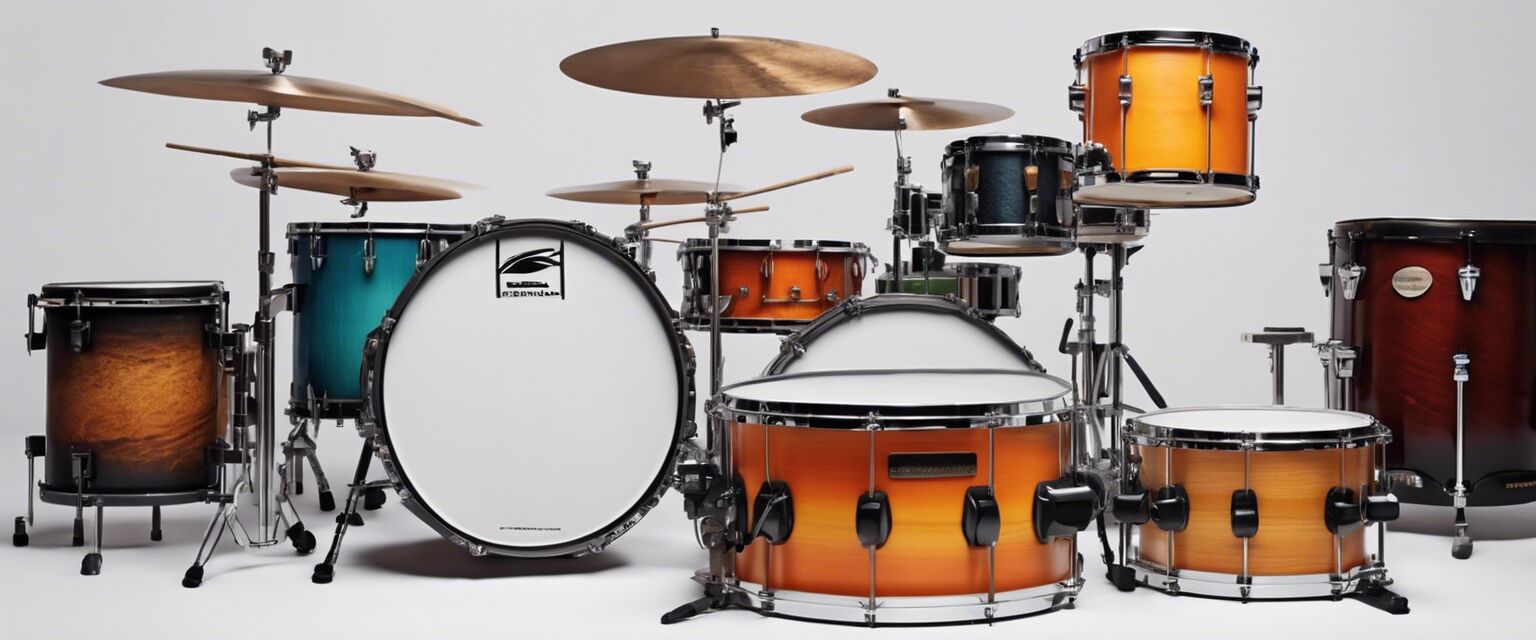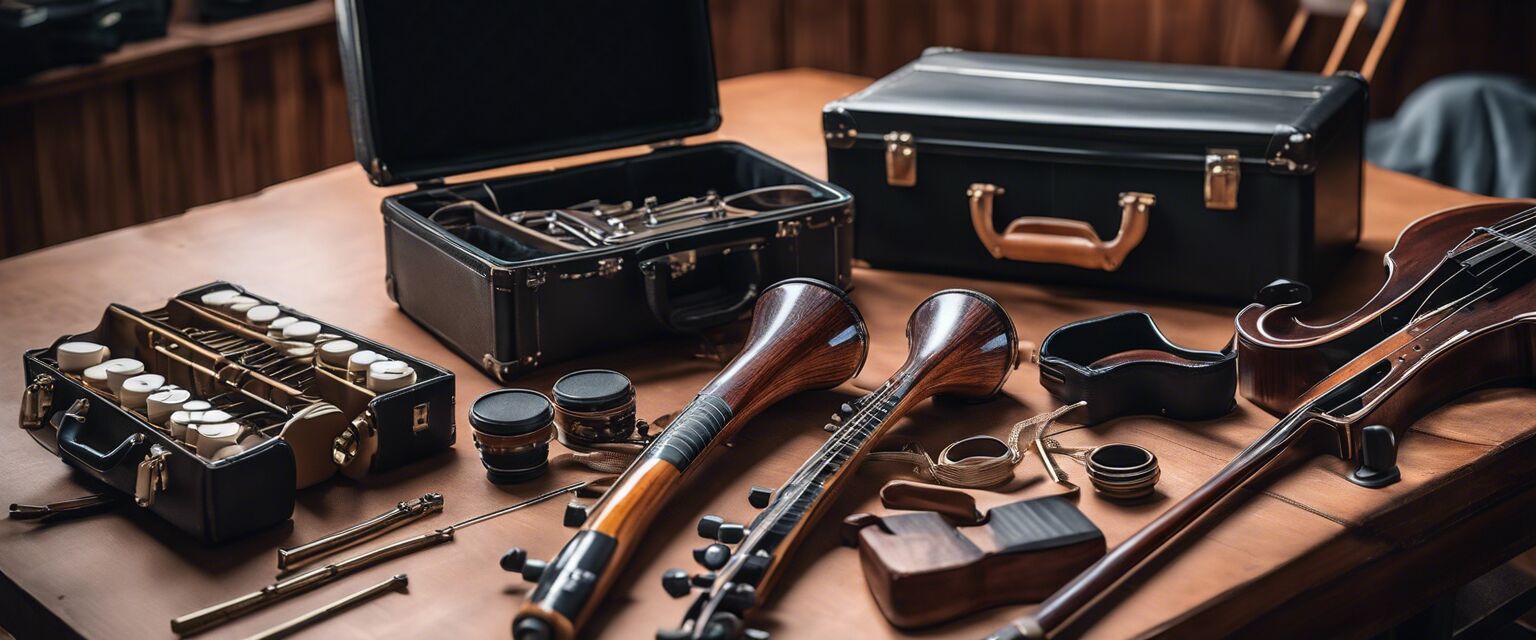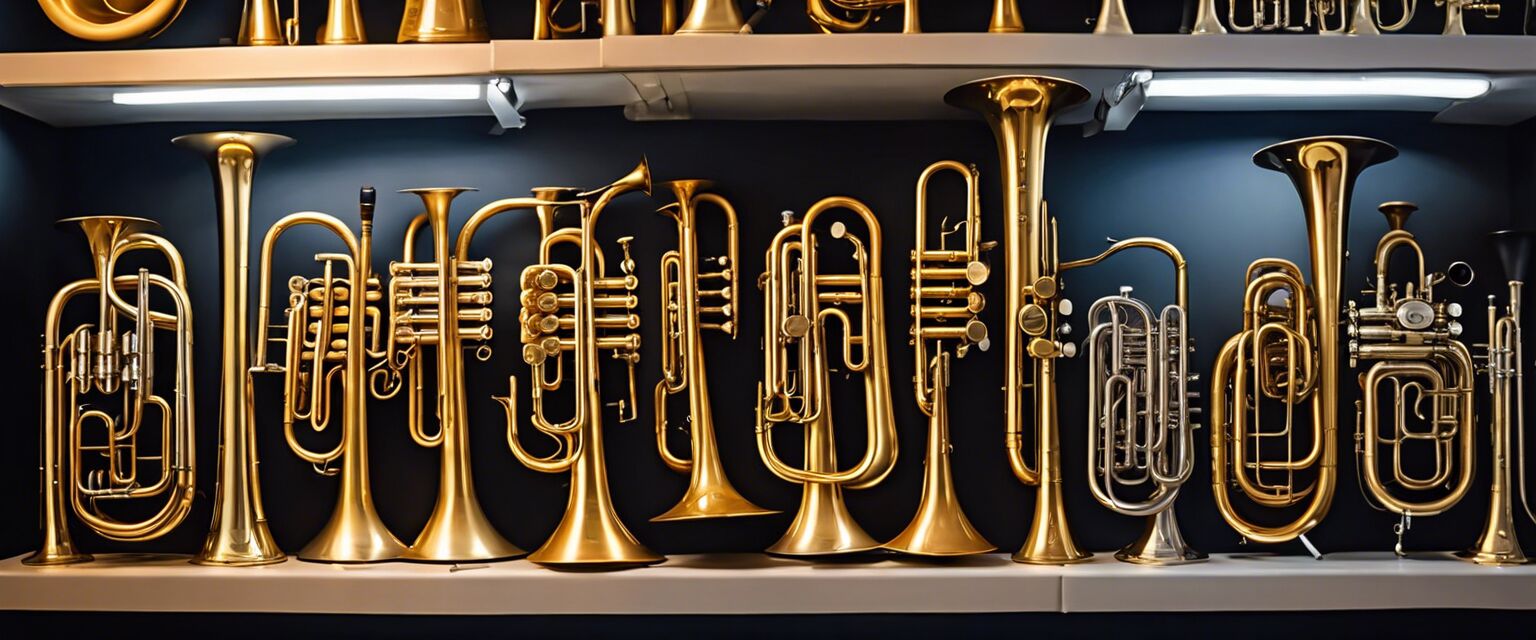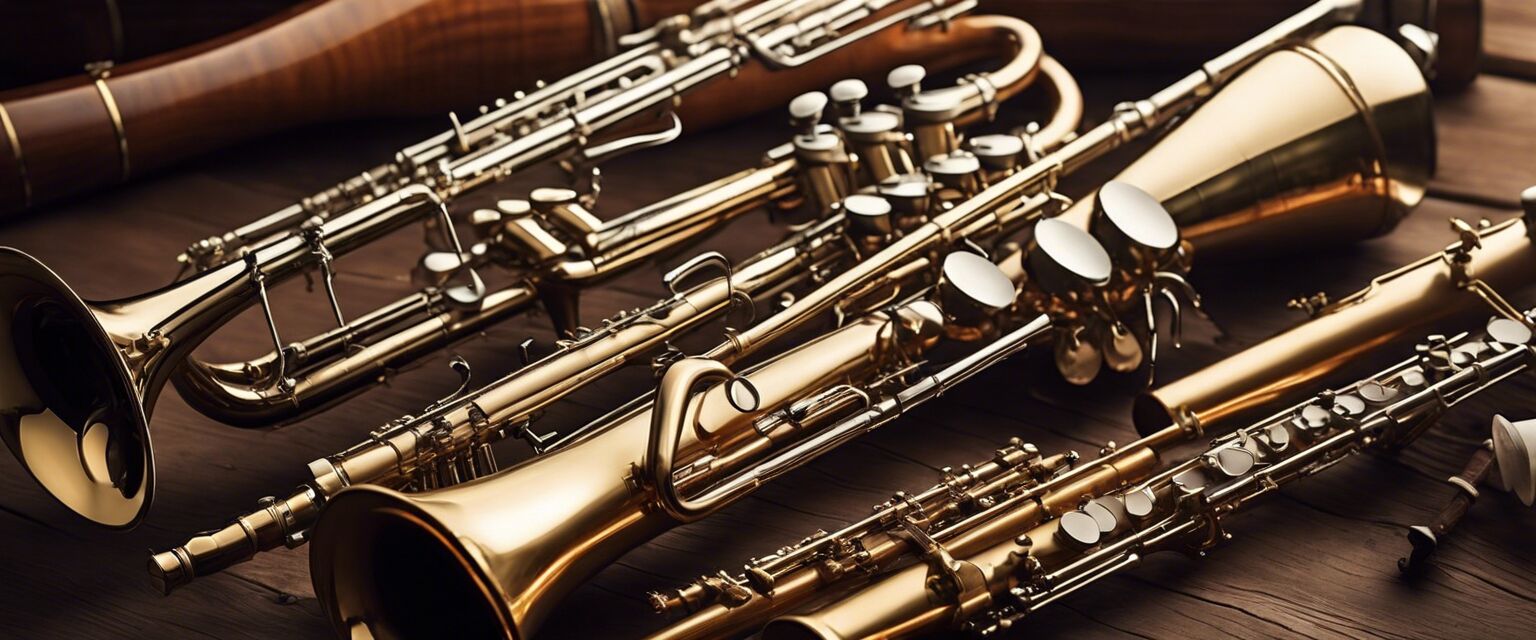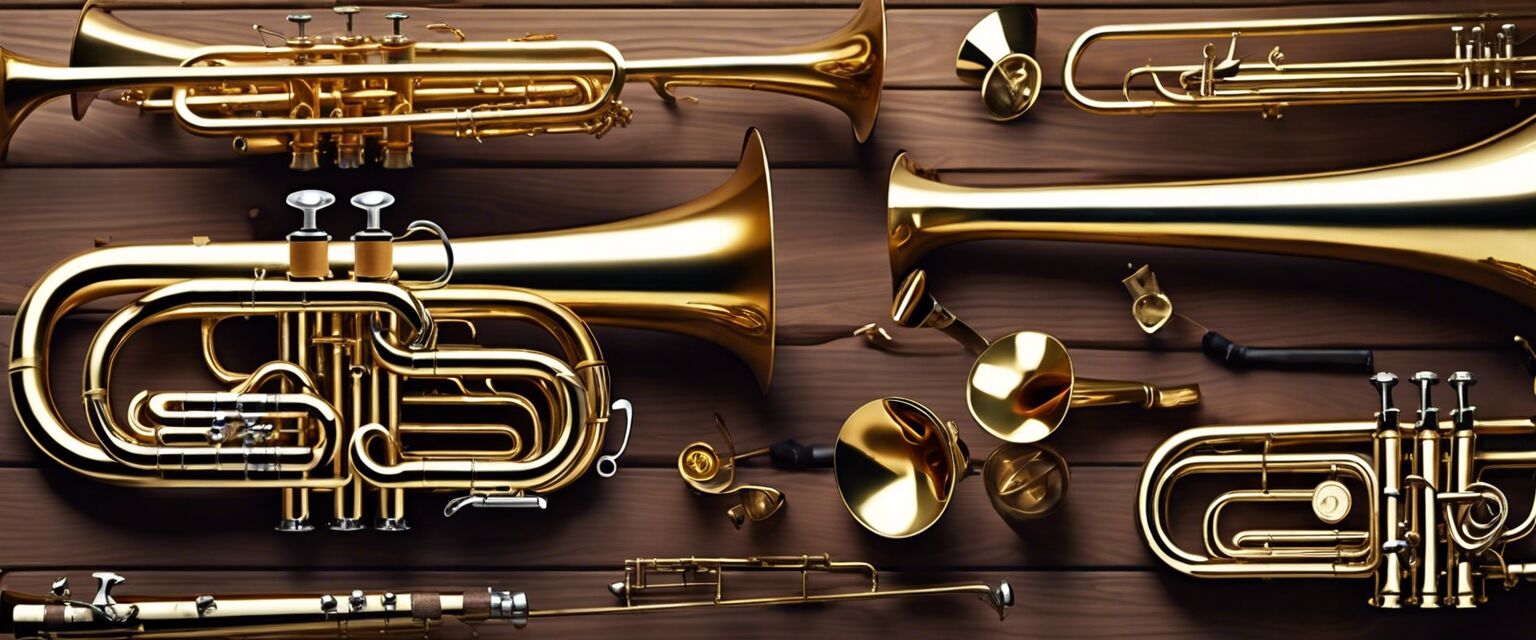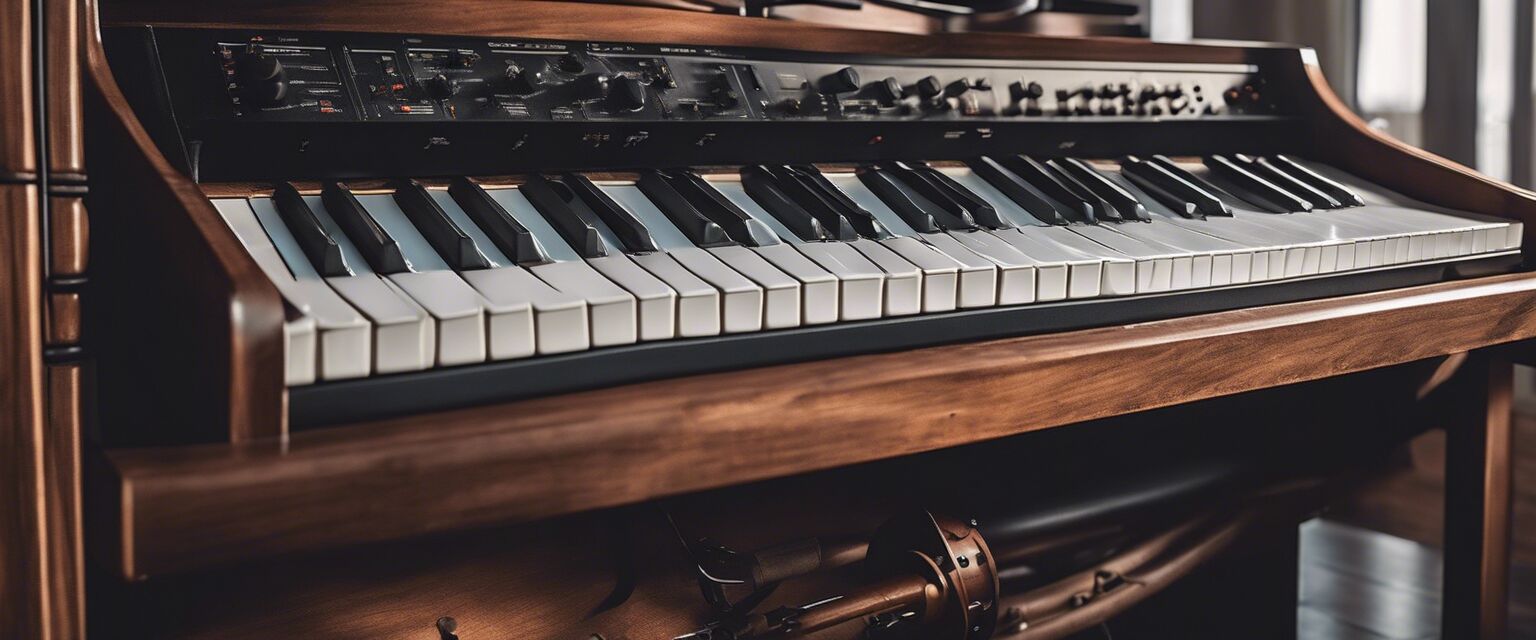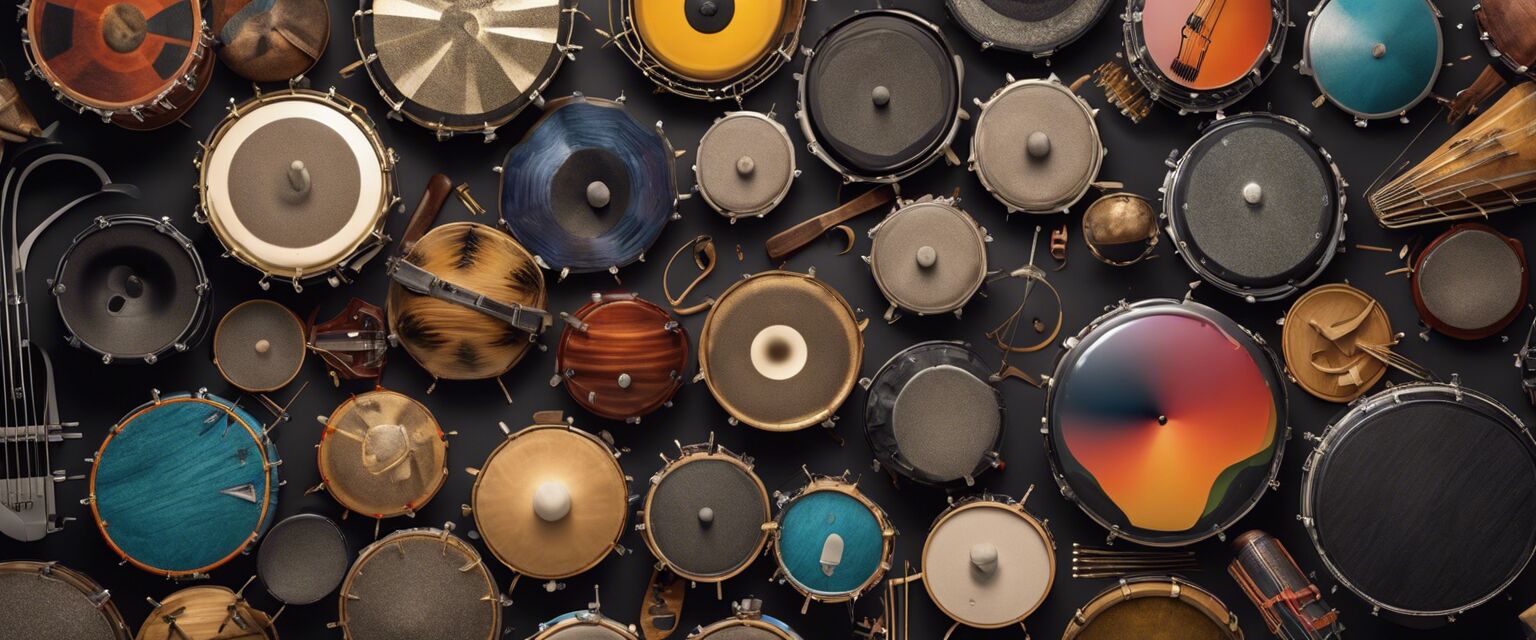
Percussion Instruments: The Heartbeat of the Band
Percussion instruments are the backbone of any band, providing the rhythmic foundation that keeps the music moving. From the thunderous crash of the cymbals to the subtle tap of the triangle, percussion instruments add depth and complexity to any musical arrangement.
Key Takeaways
- Percussion instruments are used to create rhythm and add texture to music
- They can be categorized into two main types: pitched and unpitched
- Pitched percussion instruments produce a specific pitch, while unpitched instruments produce a non-pitched sound
- Percussion instruments are used in a wide range of musical genres, from classical to rock
Types of Percussion Instruments
Percussion instruments can be broadly categorized into two main types: pitched and unpitched.
| Type | Description | Examples |
|---|---|---|
| Pitched | Produce a specific pitch | Xylophone, Glockenspiel, Timpani |
| Unpitched | Produce a non-pitched sound | Drums, Cymbals, Triangle |
Pitched Percussion Instruments
Pitched percussion instruments are used to create melodic lines and add harmony to music. They typically have a specific pitch and are played using mallets, sticks, or other implements.
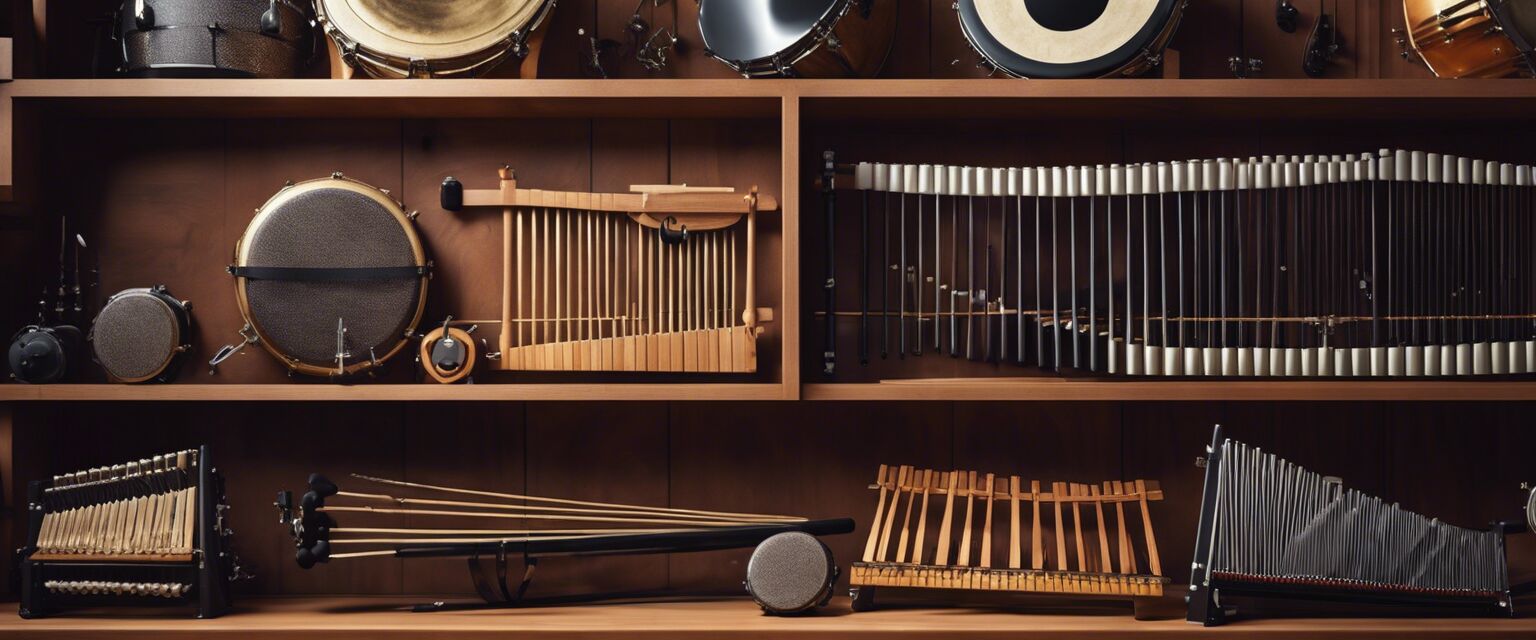
- Xylophone: A wooden instrument with metal keys, played using mallets
- Glockenspiel: A metal instrument with keys, played using a mallet
- Timpani: A drum with a specific pitch, played using a mallet
Unpitched Percussion Instruments
Unpitched percussion instruments are used to create rhythm and add texture to music. They typically do not have a specific pitch and are played using sticks, mallets, or other implements.
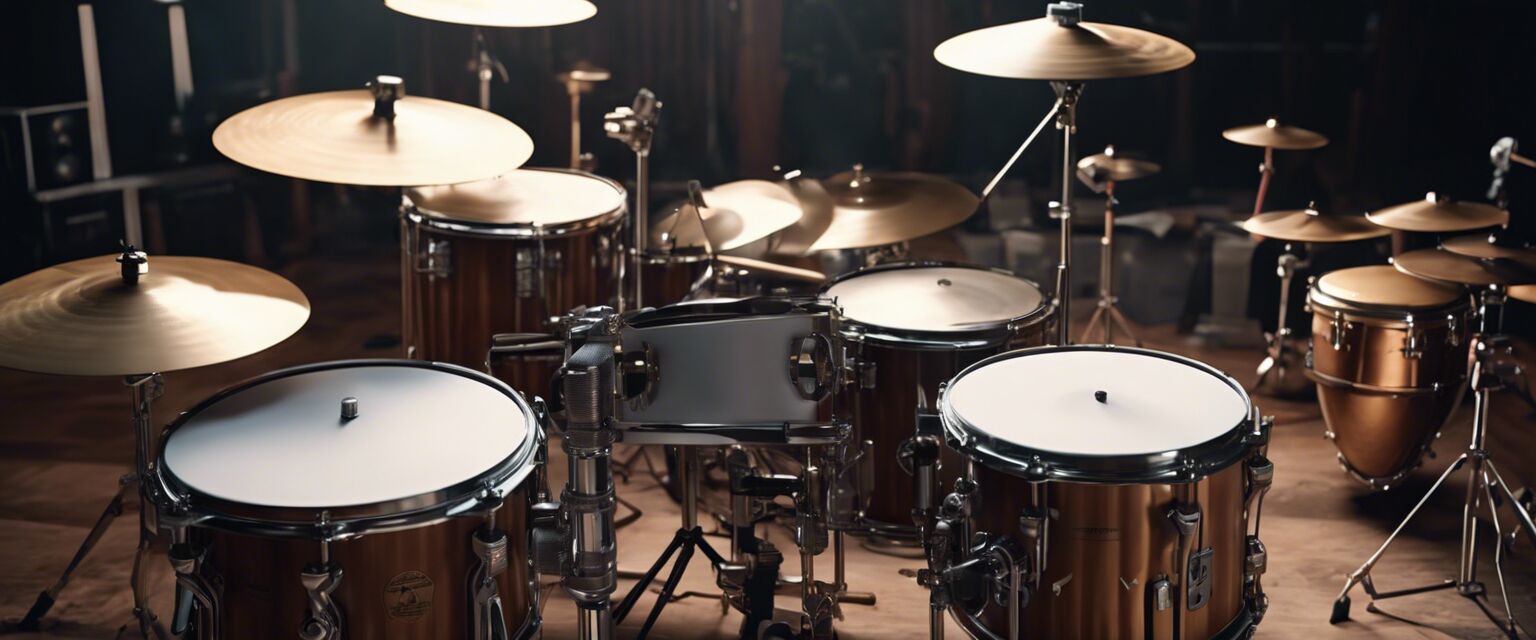
- Drums: A membrane-covered instrument, played using sticks or mallets
- Cymbals: A metal instrument, played using a stick or mallet
- Triangle: A metal instrument, played using a stick
Using Percussion Instruments in Different Genres
Percussion instruments are used in a wide range of musical genres, from classical to rock.
| Genre | Percussion Instruments Used |
|---|---|
| Classical | Timpani, Triangle, Snare Drum |
| Rock | Drums, Cymbals, Tambourine |
| Jazz | Drums, Cymbals, Vibraphone |
Tips for Beginners
Getting Started with Percussion Instruments
- Start with a basic drum set or hand percussion instrument
- Practice basic rhythms and techniques
- Experiment with different genres and styles
Conclusion
Percussion instruments are an essential part of any band, providing the rhythmic foundation that keeps the music moving. Whether you're a seasoned musician or just starting out, understanding the different types of percussion instruments and how they're used can help you to create more complex and interesting music.
Pros
- Adds depth and complexity to music
- Can be used in a wide range of genres
- Can be played by musicians of all levels
Cons
- Can be loud and require special equipment
- May require specialized training or instruction
- Can be physically demanding to play
For more information on percussion instruments and other band instruments, check out our other articles on Brass Instruments, String Instruments, and Woodwind Instruments.
Ready to start playing? Check out our selection of Instrument Accessories to find the perfect equipment for your needs.
